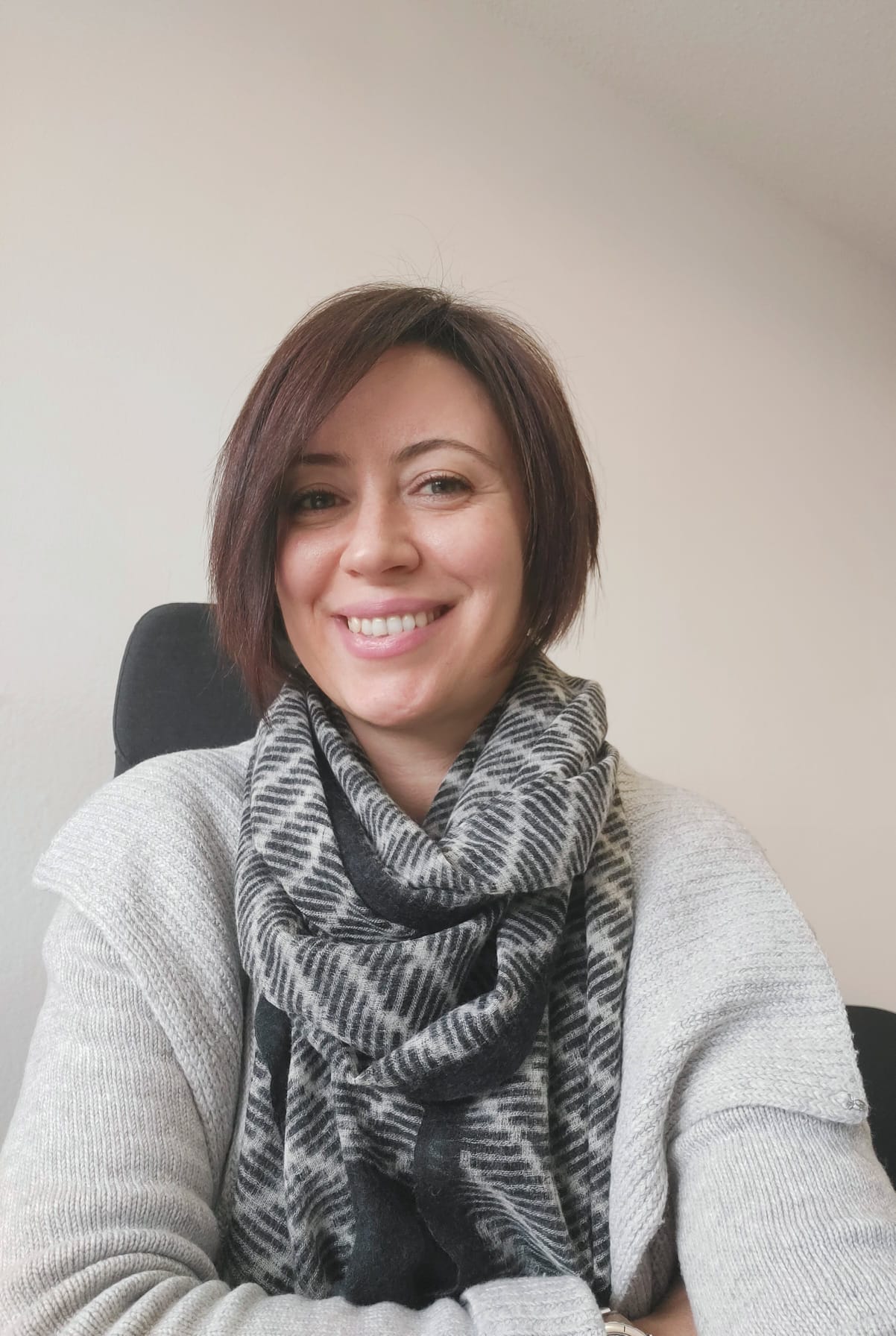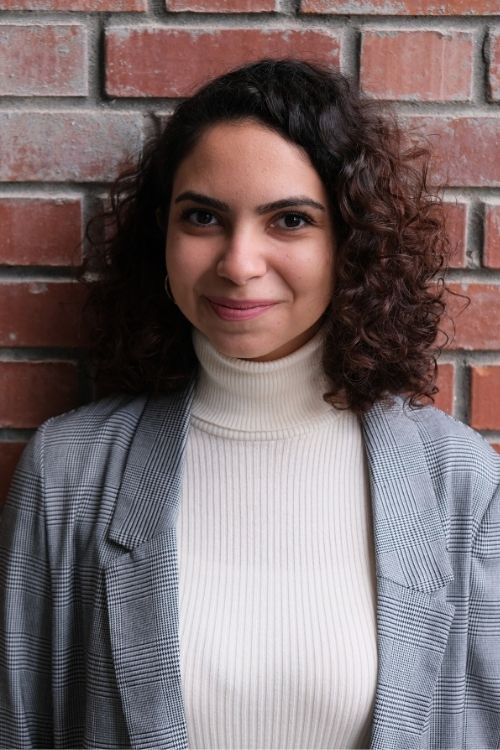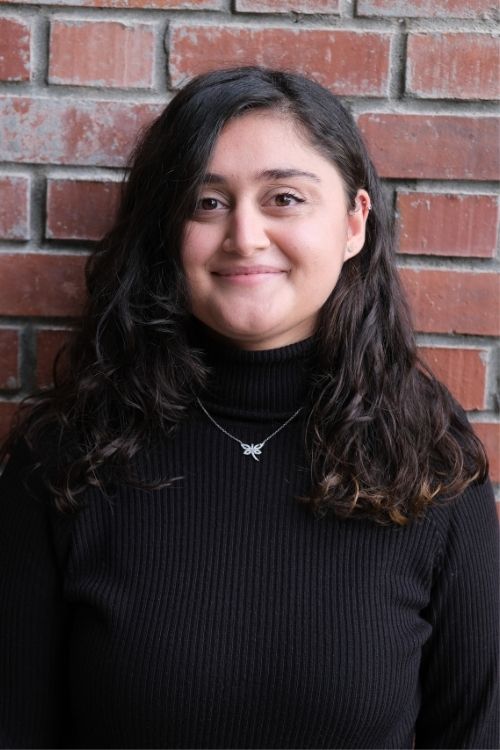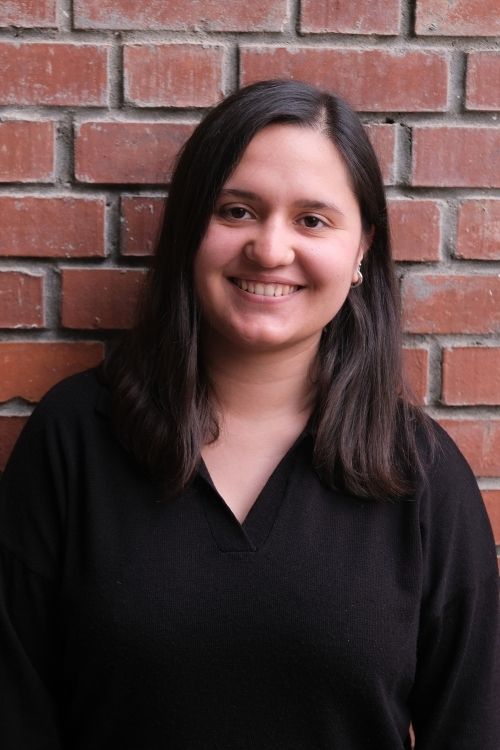Research
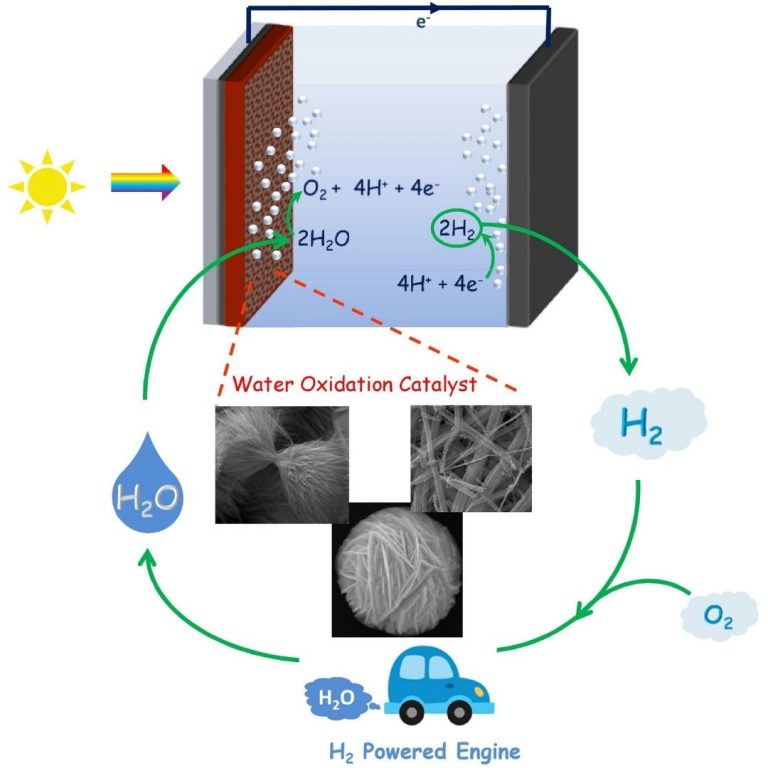
#1
Water Splitting Catalysis
The demand on abundant, renewable, cheap, clean and safe energy has recently been drastically increased due to the depletion of fossil fuels and environmental concerns associate with their use. Hydrogen, as an energy carrier, is outshining alternative to fossil fuels and other precarious sources such as nuclear energy…
#2
Noble Metal Nanomaterials
Shape and size dependent properties of metal nanoparticles serve immense application possibilities. Noble metal nanomaterials, in particular, are enjoying the well-deserved attention steaming from their unique properties that make them desirable for applications such as surface enhanced Raman scattering (SERS) spectroscopy, catalysis and cancer therapy…
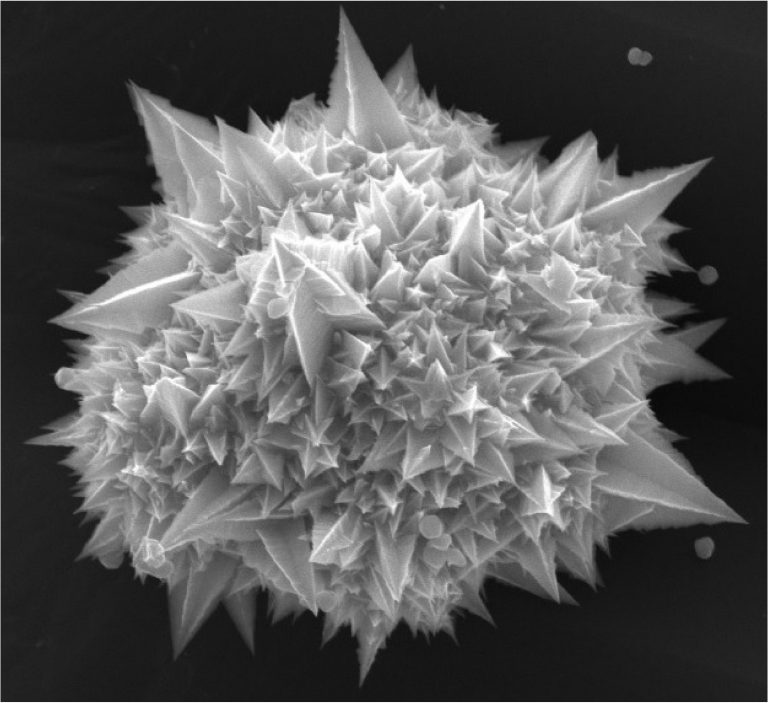
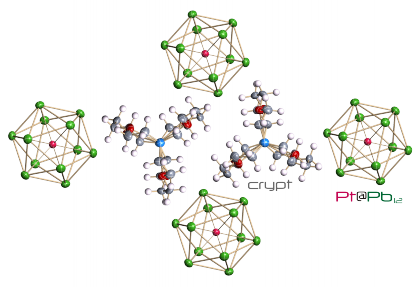
#3
Clusters
Clusters, aggregates of atoms, provide possibility of controlling properties by tuning cluster size and surface structures. They are potential building blocks, which can be used as “artificial atoms” in assembled cluster materials for the advanced materials applications. Potential uses for such materials include chemical sensors, solar cells, flat-panel displays, quantum computers, energetic materials, cluster-based spintronic devices, cooperatively coupled bimetallic catalysts, and electronic devices…
#4
Carbon Dioxide Capture
Among all greenhouse gases, carbon dioxide (CO2) is the highest contributor to global warming due to its huge emission into atmosphere mostly by the use of carbon-based fuels. Developing CO2 capture and storage technologies are well-accepted methods not only to reduce CO2 in atmosphere but also to store it until its further use in industry. In our laboratory, we focus on developing new and cost effective materials for enhanced CO2 adsorption…
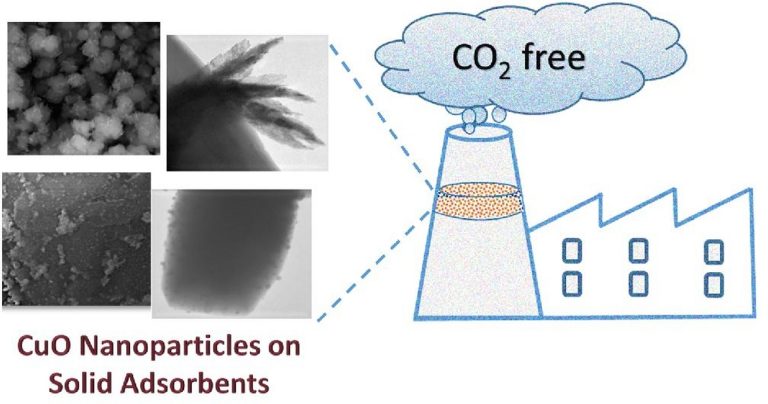
About Emren
Prof. Dr. Emren Nalbant
After receiving her PhD degree in 2005, Emren started working as a postdoctoral research associate in National Institute of Standards and Technology (NIST), Gaithersburg, USA. During these studies she had opportunity to gain experiences about great world of nanomaterials. Emren worked on synthesizing gold nanoparticles and investigating their potential sensing applications in Dr. Angela Hight Walker’s laboratory.
Finally in 2009 Emren came back to METU Department of Chemistry to deliver her experiences to young researchers. Since then Emren and her group members have been working on synthesizing clusters/nanomaterials, discovering their interesting properties and potential applications in various areas of nanotechnology naming sensing, solar cell, CO2 capture and catalysis.
Group Photos
You can find some photos of our highly motivated and funny research group!

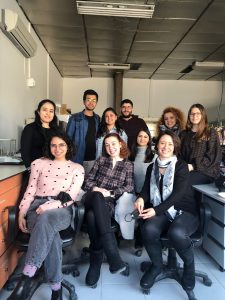
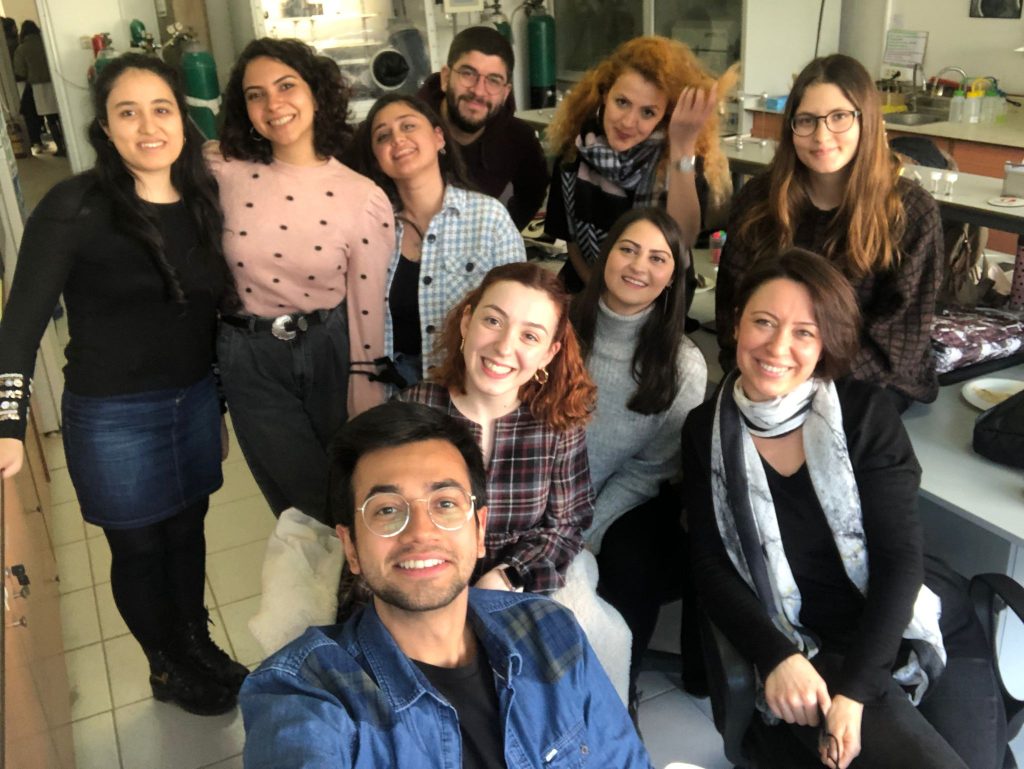

Contact Us
Contact Information
Passionate and motivated students for Ph.D. and Masters with research interests in the areas of nanoparticles, catalysis, and clusters are welcome to join the team. Undergraduates with strong interests in research are encouraged to apply.
- +90 (312) 210 7619
- emren@metu.edu.tr

